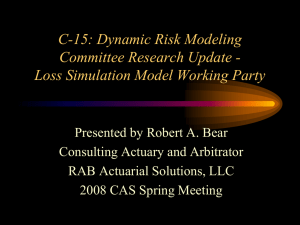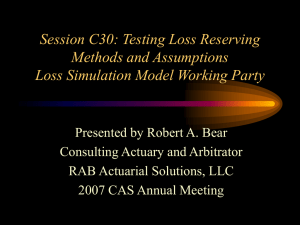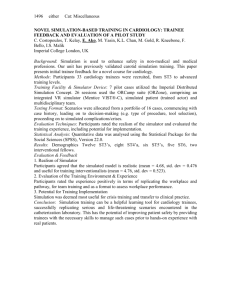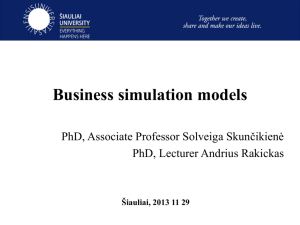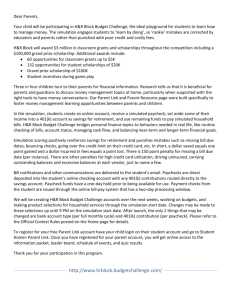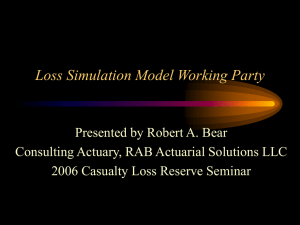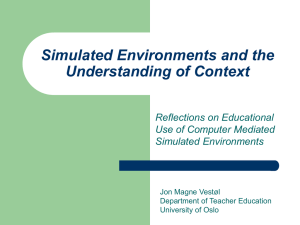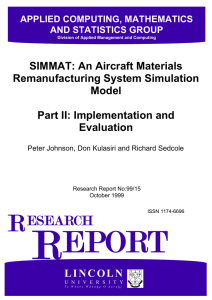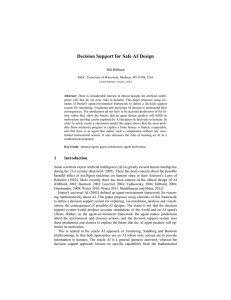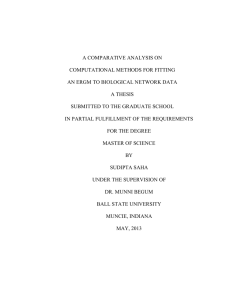Handout 1 - Casualty Actuarial Society
advertisement
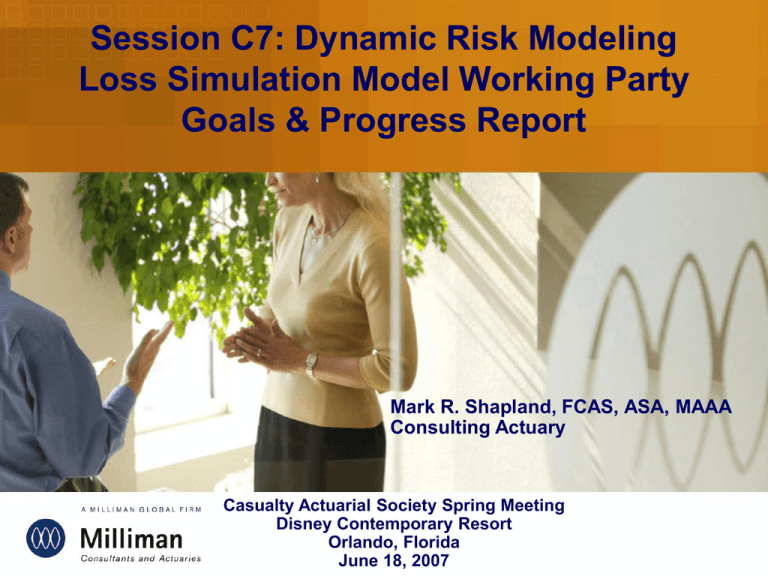
Session C7: Dynamic Risk Modeling Loss Simulation Model Working Party Goals & Progress Report Mark R. Shapland, FCAS, ASA, MAAA Consulting Actuary Casualty Actuarial Society Spring Meeting Disney Contemporary Resort Orlando, Florida June 18, 2007 Creation of LSMWP Sponsored by DRMC in 2005, began work in 2006. Purpose: Create a simulation model that will generate claims that can be summarized into loss development triangles and complete rectangles. Deliverables: Open source program available to CAS members, CAS seminar, and paper documenting work. Time Frame: Test, refine and document prototype in 2007. Begin alternate versions in 2007, test & document in 2008. Goals of LSMWP Triangles by layer, claim information type (e.g., paid, incurred, Salv & Sub, claim counts, etc.), hazard, line of business, etc. NOT focusing on testing of reserving methods, but creating simulated data sets for future research. Primary criterion for judging quality of model is realism – i.e., data cannot be distinguished statistically from real data sets. Procedures to review and test proposed modifications. LSMWP Organization WP Co-Chairs: Robert Bear Mark Shapland Group A: Literature & Test Criteria Group B: Data, Parameters & Testing Group C: Model Development Curtis Parker Joseph Marker Richard Vaughn LSMWP Organization Group A: Literature & Test Criteria (Curtis Parker) – Survey existing literature and prepare bibliography. – Develop testing criteria for using simulated data in reserve model testing. • Necessary to assure model will support future research. – Develop testing criteria for determining “realism” of simulated data. • Can simulated data be statistically distinguished from actual data? • Ultimate test: “DRM Challenge” LSMWP Organization Group B: Data, Parameters & Testing (Joe Marker) – Identify data sources: Create spreadsheet of test data. – Develop parameters for data sources. – Test model and data using criteria from Group A. Group C: Model Development (Richard Vaughan) – Evaluate modeling options and develop simulation model in at least two software environments. Open source for future enhancements. – Refine and enhance model as a result of feedback from Group B. Document for CAS paper. Modeling Approach Modeling individual transactions rather than aggregate triangles: – Don’t need triangle time intervals. – Can be used to test individual loss models. – Avoids criticism that “Of course that model predicts that simulated data well, the simulated data is based on that model!” – Easier to test against real data. Use intervals of one day for lags and waiting periods. Simulate each event usually in a claims system. Output in transaction details or a higher level of aggregation, such as loss triangles. Status Report – Group A Surveyed the literature on loss simulation and use of simulation to test reserving methods. It is working to refine an approach to test the “realism” of simulated triangles. The current approach is summarized in an upcoming ASTIN paper by Glenn Meyers titled “Thinking Outside the Triangle.” Status Report – Group B Working closely with a Data Source that has provided data for testing purposes. Ball State University students have done the necessary database work and are busy estimating parameters for the prototype model. Will complete testing the prototype and alternative versions after the Ball State course. Will suggest model refinements and document test results. Status Report – Group C Developed and documented an APL prototype model. Expect the APL version will available to CAS members with documentation in 2007. Work on a Visual Basic version is underway. – The interface and model features will differ somewhat due in part to differences in software capabilities. – This version will be fully tested and documented in 2008. A version in the free statistical package R may also be developed. R is used by Group A for statistical testing and Group B for parameter estimates.
